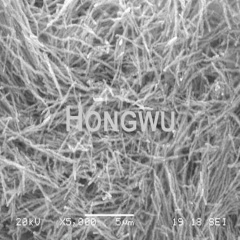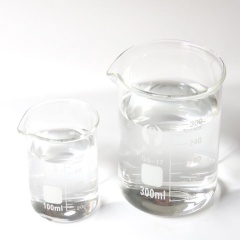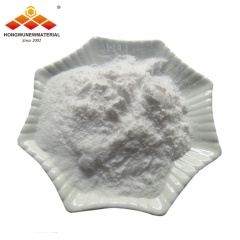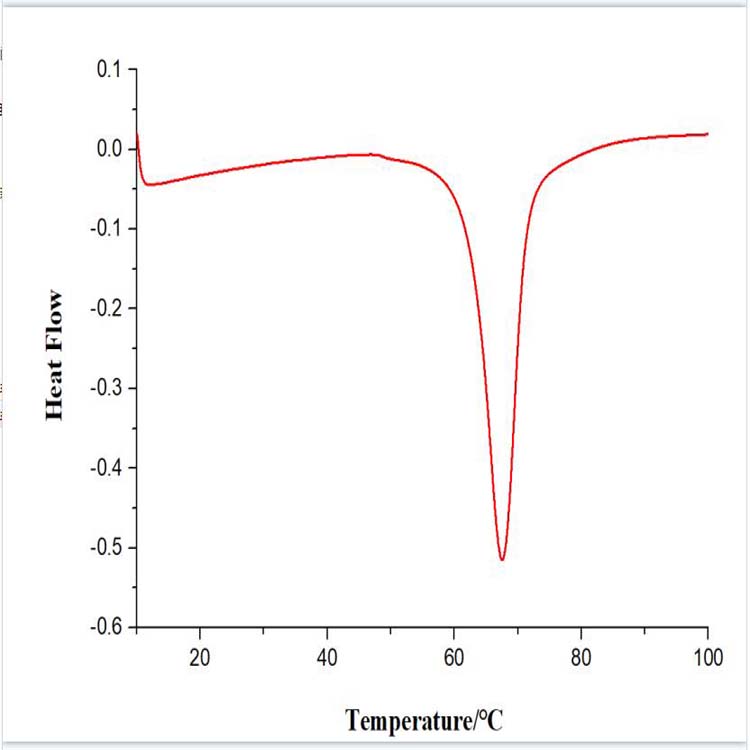The nano antibacterial material is treated with high-tech nanotechnology, so that it has a wider and superior antibacterial and bactericidal function, and the antibacterial long-term effect is improved by sustained release.
Antibacterial mechanism of nano antibacterial materials
First, the contact reaction: that is, the metal ions in the antibacterial product react with the bacteria, causing damage to the intrinsic components of the microorganism or causing dysfunction. When a trace amount of metal ions reaches the microbial cell membrane, the latter is negatively charged and relies on Coulomb attraction to make the two strongly adsorb. The metal ions penetrate the cell wall and enter the cell, and react with the sulfhydryl group (-SH) to coagulate and destroy the protein.
The activity of the cell synthetase, the cell loses its ability to divide and reproduce and die. Metal ions can also destroy microbial electron transport systems, respiratory systems, and mass transfer systems. When the cells lose their activity, the metal ions are released from the cells and the bactericidal activity is repeated, so that the antibacterial effect is long-lasting.
The second is photocatalytic reaction: under the action of light, metal ions can act as catalytic active centers, activate oxygen in water and air, generate hydroxyl radicals and reactive oxygen ions, and active oxygen ions have strong oxidizing power. It can destroy the reproductive capacity of bacteria in a short time and cause the cells to die, thus achieving the purpose of antibacterial.
Nano antibacterial materials in environmental protection
Nano antibacterial materials are widely used in air purification, sewage treatment, plastic products, architectural coatings and other fields nowadays.
Nano antibacterial agents can be divided into two categories according to their mechanism of action on microorganisms: one is photocatalytic semiconductor materials. For example, nano zinc oxide, nano titanium dioxide, etc.; the other is an antibacterial active metal materials, represented by nano silver powder.
Since the atomic arrangement of nanomaterials is represented by a "metamorphism" between solids and molecules, this highly active nanoparticle has superior antibacterial ability and has a unique surface interface due to nanoparticle size. The effect is reflected in the antibacterial effect: the number of surface atoms of the nanoparticles is much higher than that of the conventional particle surface due to the lack of adjacent coordination atoms, which improves the affinity of the nano antibacterial agent and bacteria and improves the antibacterial efficiency. Nano antibacterial agents will not cause pollution, and the disinfection effect is safe and reliable.
1. Application of nanometer antibacterial material in air purification
Air pollutants mainly refer to nitrogen oxides and hydrosulfides from automobile exhaust and industrial waste gas. The photocatalytic action of nano-TiO2 can oxidize these gas oxides into nitric acid and sulfuric acid with low vapor pressure, which are removed along with the process of rainfall, thereby achieving the purpose of reducing atmospheric pollution.
2. Application of nanometer antibacterial materials in sewage treatment
2.1 Treatment of organic pollutants in sewage
Nano-TiO2 has a good removal effect on low concentration of refractory organics. For example, dimethyl hydrazine is a type of hydrazine propellant with the largest amount of domestic aerospace emissions. At present, the commonly used propellant pollution control methods have the disadvantages of secondary pollution or high cost. Using the photocatalytic oxidation characteristics of nano-TiO2, the photocatalytic activity of nano-TiO2 was used to degrade the wastewater, and good results were obtained.
2.2 Treatment of inorganic pollutants in sewage
Photocatalyst treatment of inorganic wastewater is the most studied in the treatment of wastewater containing chromium and cyanide. Under different reaction conditions, the effect of ZnO/TiO2 ultrafine powder on the reduction of Cr in aqueous solution is different, so as to explore the feasibility of the process.
3. Radiation protection
Due to its strong ability to scatter and absorb ultraviolet light, nano-TiO2 has strong absorption capacity especially for harmful medium-long-wave ultraviolet rays, and its effect is stronger than organic ultraviolet absorber. Zinc oxide has a strong ability to absorb ultraviolet light and has a shielding effect on both UVA and UVB.
4. Solid waste treatment
The application of nanotechnology in solid waste treatment is mainly reflected in the following two aspects: First, the nano-scale treatment agent degrades solid waste quickly. For example, nano-TiO2 degrades solid waste at a rate 10 times that of conventional TiO2. Nanotechnology can greatly alleviate the enormous pressure that solid waste brings to the environment, and it can also reduce the secondary dyeing caused by traditional methods such as landfill.
5. Nanometer antibacterial materials development trend
As a good photocatalyst, nano-zinc oxide can be used for antibacterial disinfection, ultraviolet shielding, etc. However, there are still some problems in the current research. (1) Development and application of sterilization technology for public facilities; (2) Life, poisoning, regeneration and recovery of photocatalysts.


 English
English français
français Deutsch
Deutsch русский
русский italiano
italiano español
español português
português 日本語
日本語 한국의
한국의 Türkçe
Türkçe
















 8620-87226359,8620-87748917
8620-87226359,8620-87748917

